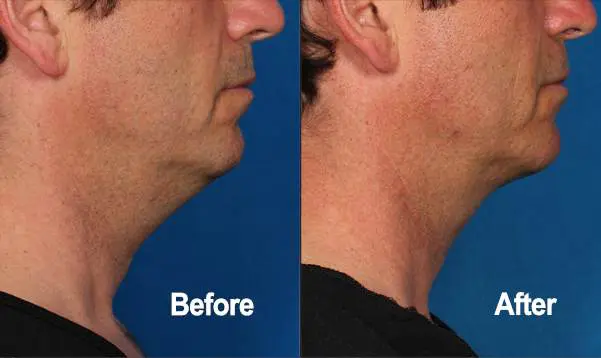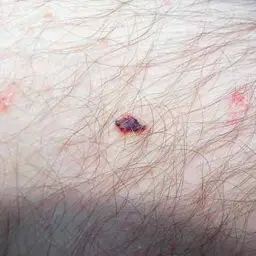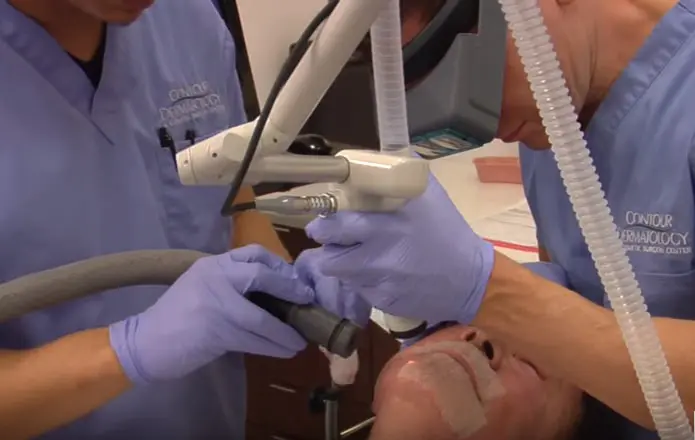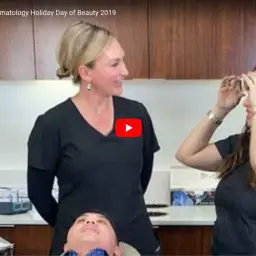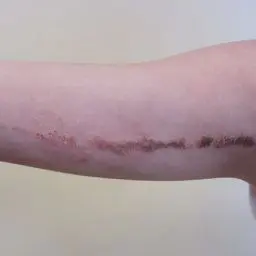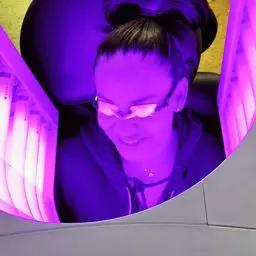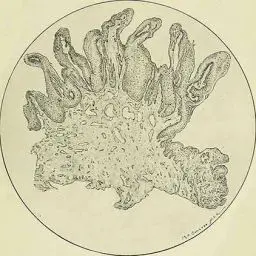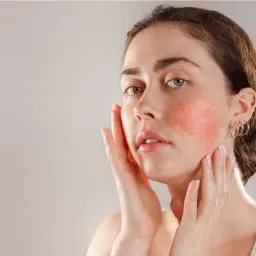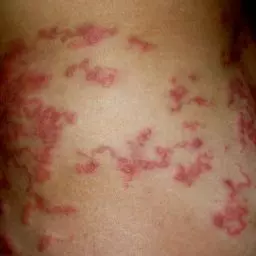Blaschko's Lines
Everyone Has Them
Everyone has Blaschko’s lines. Though, in most individuals, they are invisible and indistinguishable from the surrounding skin. These lines are not a disease, they are a result of the way a fetus develops within the womb.
As embryonic cells divide, they migrate into their proper location in an organized and predictable fashion. It results in bands of skin that may be derived from different populations of cells. The condition is normal and does not typically cause any issues. However, if a mutation happens in one of the populations of early embryonic cells, then the stripe of skin it gives rise to will not be genetically identical to the rest of the body. This rare phenomenon is referred to a genetic mosaicism.
Blaschko’s lines become visible, if the mutation causes, or makes the skin it effects, more susceptible to diseases that alter the pigment of the skin. These lines are consistently S-shaped on the abdomen, V-shaped on the upper spine, perpendicular along the length of the arms and legs, inverted U-shaped on the chest, and follows a more complex pattern on the head.
There are many documented cutaneous conditions that result in the appearance of Blaschko’s lines when paired with genetic mosaicism, especially those that are congenital, genetic, or result in pigment changes. The prognosis for a patient with Blaschko’s lines is typically good, but depends on the underlying skin condition that is causing the appearance of the lines, as does the treatment. Frequently, the worst effect of this condition is psychiatric, as the appearance of these lines is typically not cosmetically pleasing. The majority of conditions that cause the appearance of this disease are benign, but there are a few that can lead to further complications. Therefore, it is important to be seen by a dermatologist if you, or your child has Blaschko’s lines.
Diseases that cause blaschko’s lines include but are not limited to:
- Extragenital lichen sclerosus
- Bart syndrome
- Epidermal Nevus
- Hypomelanosis of Ito
- Inflammatory linear verrucous epidermal nevus
- Linear and whorled nevoid hypermelanosis
- Linear basal cell nevus
- Segmental ash leaf spot
- X-linked hypohidrotic ectodermal dysplasia
- Linear atrophoderma of Moulin
- Linear fixed drug eruption
- Linear lichen planus
- Linear mucinoses and mycosis fungoides
- Linear psoriasis
- Linear scleroderma
- Linear Darier’s disease
- Linear eccrine nevi
- Linear epidermolytic hyperkeratosis
- Linear nevus comedonicus
- Generalized lichenoid drug eruption
- Lupus erythematosus
- Segmental vitiligo
- Linear porokeratosis of Mibelli
- Nevus corniculatus
- Nevus depigmentosus
- Nevus sebaceous of Jadassohn
- Relapsing linear acantholytic dermatosis
- Syringocystadenoma papilliferum
- Unilateral nevoid basal cell carcinoma syndrome
- Lichen striatus
- CHILD syndrome
- Conradi-Hunermann syndrome
- Familial cutaneous amyloidosis, Partington type
- Focal dermal hypoplasia
- Incontinentia pigmentii
- Melanotic macules of McCune-Albright syndrome
- Menke’s syndrome
- Oro-facial-digital syndrome, type I
- Lichen striatus





